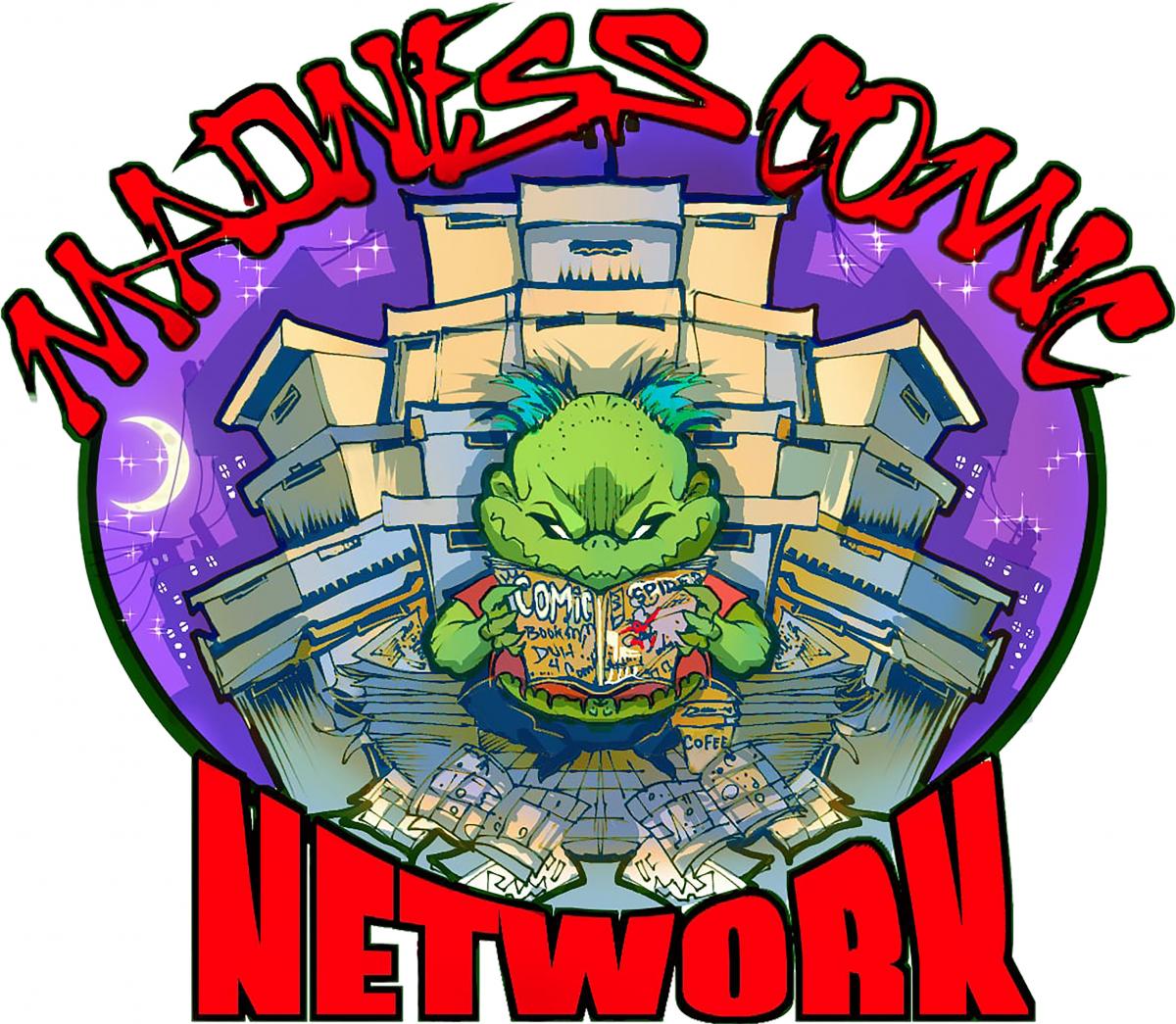A Quarantine Children's Fantasy: Ants Don't Talk, Do They?
FTC Statement: Reviewers are frequently provided by the publisher/production company with a copy of the material being reviewed.The opinions published are solely those of the respective reviewers and may not reflect the opinions of CriticalBlast.com or its management.
As an Amazon Associate, we earn from qualifying purchases. (This is a legal requirement, as apparently some sites advertise for Amazon for free. Yes, that's sarcasm.)

One of my favorite books of my childhood was Caroline Rush's TALES OF MR. PENGACHOOSA, in which a young girl housebound with scarlet fever suddenly finds that in the stillness of her room the chirping of her hamster, Hammy, sounds like tiny little words. Eventually she begins to understand him, and he regales her of tales of his grandfather, Mr. Pengachoosa, whose magical encounters always tied to something in the house. It was such an impacting story that, as an adult, I had to seek out a copy on eBay for my personal collection.
John Sharer's ANTS DON'T TALK, DO THEY? tells a story along that same line, but with a milder approach. As with Rush's tale -- and in keeping with the current timeline of COVID-19 -- we have a young boy who has been diagnosed with an illness that keeps him confined to his room for a few months. It's not a bad disease -- the boy is seen playing and quite happy -- but it's a very contagious disease, and so he cannot go to school, and anyone and everyone who enters his room has to wear a mask.
Naturally, the boy gets bored and lonely after a while. That is, until he hears a voice in his room, coming from a tiny ant. Following a common trope, the boy is the only one who can hear the ant speak. At times, he's the only one who can even see the ant. This is a trope that has frustrated me since my early youth. (Was I the only one who experienced anxiety over Big Bird never getting anyone else to see his friend Snuffleupagus?)
The ant -- given the name Sir Rufus Ant -- keeps the boy company, tells him stories, and teaches him a game, while the rest of the family sometimes worries over his fascination with this "imaginary friend."
The bulk of the story, however, is the ant explaining why he can do all the things he does. It's world building without having an adventure in that world. Moreover, every time something new needs to be done, it simply can be done, without conflict or struggle. It's told much in the way a parent might tell a story on the fly, and, when asked a question by the critically thinking young listener, invents a magical deus ex machina that retroactively provides the reason by stating that it's yet another thing that just works.
ANTS DON'T TALK, DO THEY? is a kind enough story, and an easy read for children, even relatable for those who find themselves eager for new outlets (and inputs) during the stress of a quarantine. The pencils and colors of Jay Mazhar illustrate this story neatly, detailed enough to not appear cartoonish but not so much as to be crowded.


